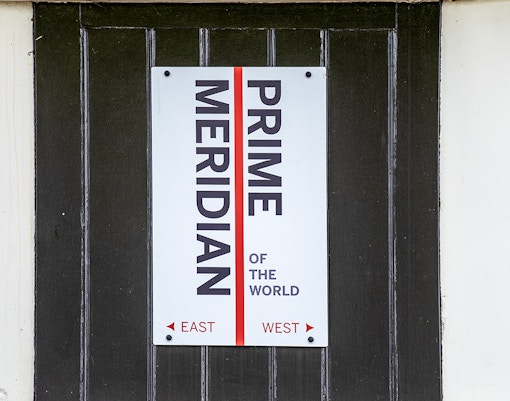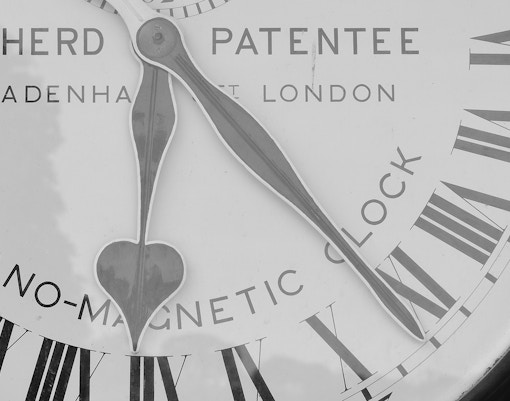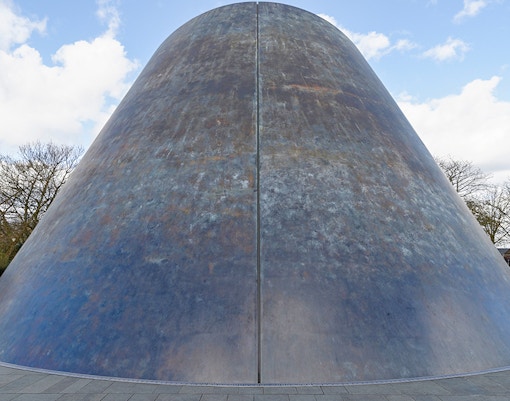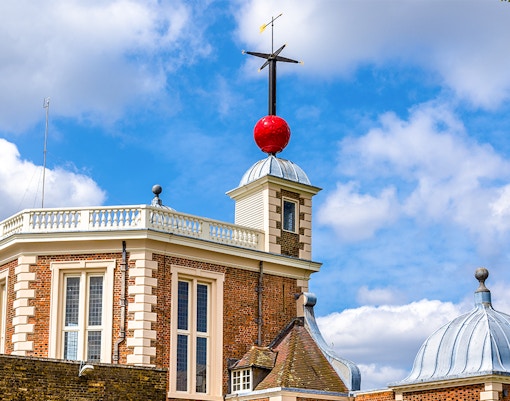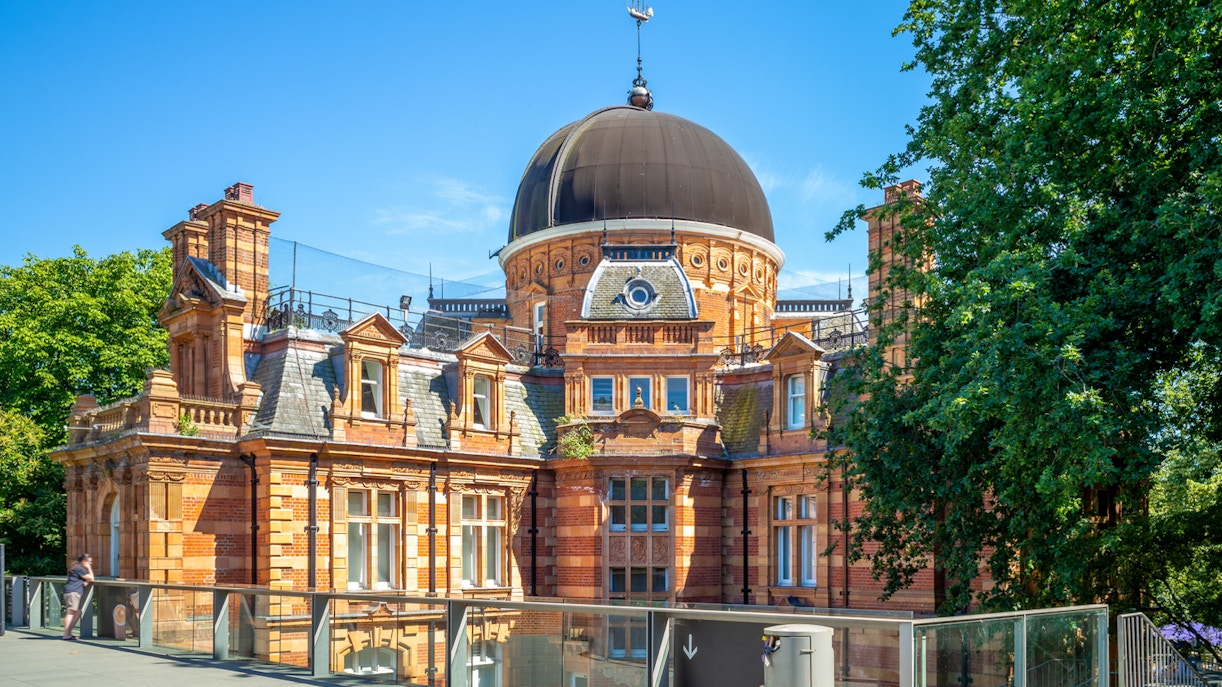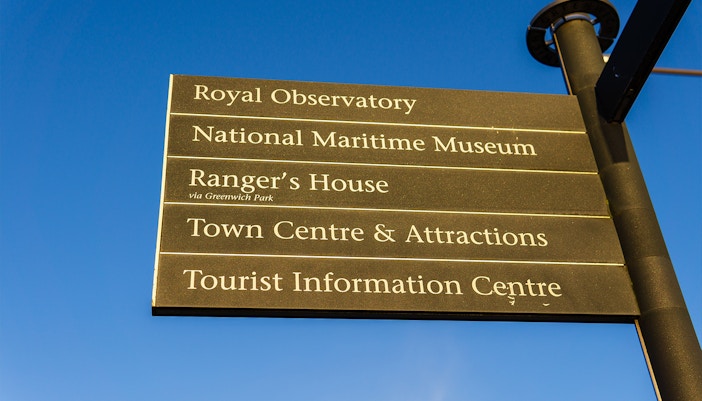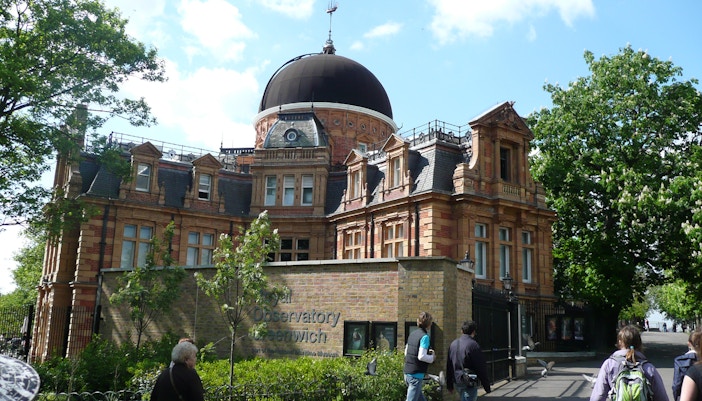The observatory is home to the world-famous Prime Meridian Line, where visitors can stand in both the Eastern and Western Hemispheres simultaneously. It's a unique photo opportunity and a chance to explore the significance of Greenwich Mean Time (GMT) in global timekeeping.
Everything You Need To Know About Royal Observatory Greenwich
Embark on a journey through time and space at the Royal Observatory Greenwich, a historic site that stands on the Prime Meridian Line, the very center of world time. Perched on Greenwich Hill, overlooking the Thames, it offers panoramic views of L...
Founded On
1676
Founded By
Christopher Wren

